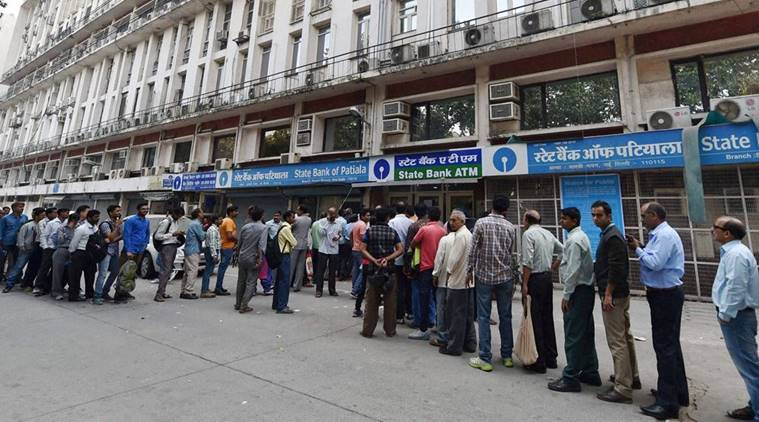By Amjad suri for TwoCircles.net
Indian prime minister has a penchant for playing political master-stroke. His sudden impromptu decision on demonetizing old currency has acquired unfathomable aggravation to poor Indian who have been wasting hours in queues to get the currency exchanged.

The problems for the common people going beyond inconvenience and it has been reported that nearly 50 people dying standing in queues outside banks and ATMs are unable to dispense cash. Frustrations grew as reports came in that some banks are out of cash and ATM is out of service. There are people who have been waiting in line outside banks get nothing as their name called to exchange their currency.The worst affected are the daily wage worker who have no work and farmers being unable to pay for crops for the next harvest season.
Indian government surprise move to roll back Rs 500 and 1000 in an effort to control black money and tax evasion bring lot of trouble to the panicked Indians. Hordes of panicked customers lined up at the banks and ATMs to deposit expired money.
The two cancelled notes account for 86 % of all currency in circulation and its estimated that nearly 87 % of all transactions are conducted in cash (Euromonitor international 2013) and over 80 % of the unorganized sector get their income in cash. In a similar report published by Tufts university in 2015 on “ the cost of cash in India” found that less than 10 % of Indians had ever made payments with anything other than cash.
People have started questioning Modi’s intentions and beginning to murmur that the government had not lived up to its grandiose promises made during the 2014 elections. But now, many Indians feel that Modi has failed to delivered promised reforms and had not fulfilled campaigned promise that “good days” were ahead for the country.
Meanwhile, angry scuffles break out is a common scene outside banks. Most of the panicked customers and lone bread winners in the family have no option but to wait outside to change currency. The problems go beyond inconvenience to common customers when they found ATMs had not been reconfigured to dispense new notes.
Ironically, the rich are remained unscathed, while the poor who rely on currency for daily activities are being battered. Some economist questioned the government’s move and blaming the policies without no homework. The problems multiply manifold for more than half of Indians who still don’t have a bank account and nearly a quarter of the population have no government identification. India’s cash to GDP ratio is 12% nearly four times to Brazil, Mexico and South Africa. The crux of the chaos lies when 90 % of the transactions are done with cash. In the long run, this significant effect have multiple repercussions to the Indian economy.
The author is a doctoral researcher on financial literacy in the UAE
